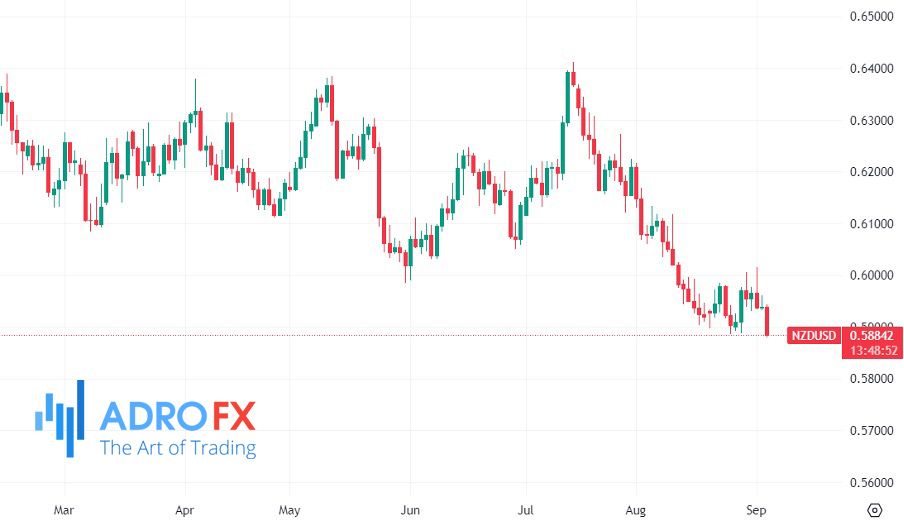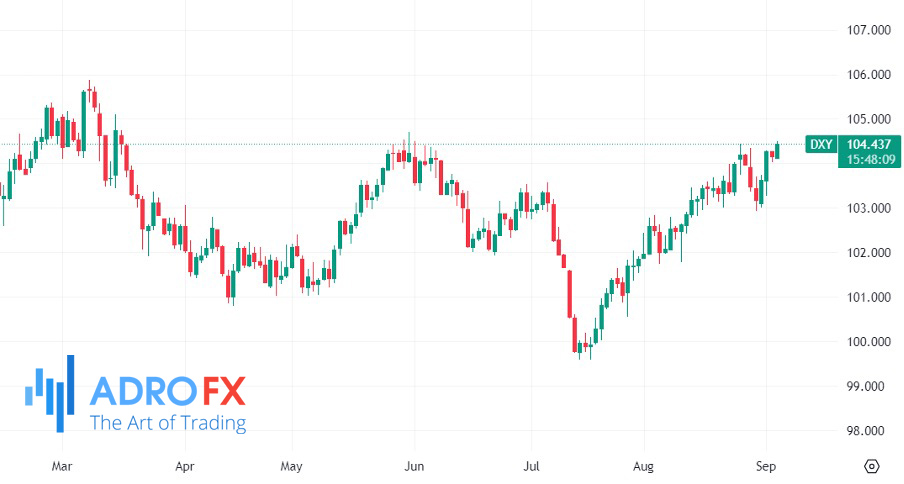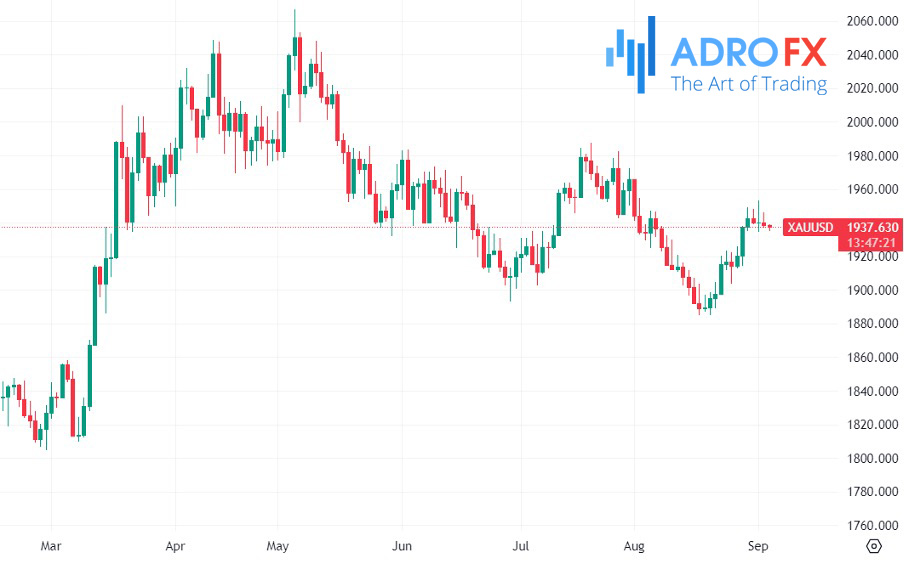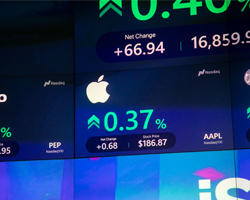Global Markets Face Mixed Sentiment Amid Economic Concerns and Central Bank Focus | Daily Market Analysis

Key events:
- Australia - RBA Interest Rate Decision (Sep)
- Eurozone - ECB President Lagarde Speaks
- USA - Factory Orders (MoM) (Jul)
- Eurozone - ECB's De Guindos Speaks
In the evening hours of Monday, US stock futures exhibited a mixed trend, as the major indices were closed for the Labor Day public holiday.
Dow Jones Futures and S&P 500 Futures both experienced a 0.1% decline, whereas Nasdaq 100 Futures remained flat.

As Tuesday's session approaches, market observers will be attentively tracking several key indicators, including monthly factory orders, trade balance data, and Markit's services PMI, to gain insights into the current market conditions and economic trends.
European stock markets are poised to commence trading slightly lower on Tuesday, influenced by concerns over China's economic performance prior to the forthcoming release of final business activity data for the European region.
In pre-market trading, the DAX futures contract in Germany recorded a 0.1% decline, while CAC 40 futures in France dipped by 0.2%, and the FTSE 100 futures contract in the UK dropped by 0.3%.

Within Europe, a comprehensive set of services activity data is scheduled for release later in the session. These data points will offer additional insights into the state of the region's economy, setting the stage for the European Central Bank's policy meeting scheduled for the following week.
A series of disappointing economic data from the Eurozone, particularly from Germany, which is the largest economy in Europe and a key driver of regional growth, has heightened expectations that the ECB may put a temporary halt to its rate-hiking endeavors later this month.
Investors will be closely monitoring ECB President Christine Lagarde's speech later on Tuesday, as her remarks may provide vital clues regarding any potential future actions by the central bank.
During the Asian trading session on Tuesday, the NZD/USD pair continued its third consecutive day of losses, with a current trading level of around 0.5890. This decline is primarily attributed to China's disappointing Caixin Services PMI for August, which dropped from 54.1 to 51.8, raising concerns about the deteriorating economic conditions in the world's second-largest economy. This, in turn, has exerted downward pressure on the NZD/USD pair.

Furthermore, the New Zealand Dollar (NZD) faced headwinds due to modest labor growth in August and a resurgence in US Treasury yields, bolstering the strength of the US Dollar (USD) against the NZD.
Despite China's efforts with stimulus measures and some positive developments related to Country Garden, the NZD/USD pair failed to capitalize on market optimism. Notably, China's largest property developer, Country Garden, announced that it had successfully made a delayed interest payment to its creditors, avoiding an immediate default on its debts and securing its financial stability, at least for the time being.
The USD Index (DXY) managed to gain momentum and recapture the 104.30 level on Tuesday. However, it encountered resistance around the 104.50 region in its recent strong recovery.

Support for the US Dollar continues to stem from the robust health of the US economy, which has reignited discussions about the Federal Reserve's "tighter-for-longer" policy stance.
Conversely, there is a growing notion that the US Dollar could face challenges due to the Fed's data-dependent approach in the context of ongoing disinflation and a cooling labor market. This perspective has gained traction recently, running counter to the prevailing narrative of a strong US Dollar.
Gold prices exhibited minimal movement on Tuesday, lacking clear direction as the dollar and Treasury yields held steady in anticipation of several Federal Reserve speakers scheduled for this week.

Despite a strong performance in the preceding two weeks, gold has encountered challenges in making further gains in recent sessions. This struggle has been particularly notable as the dollar and yields have remained resilient, despite indications of a slowdown in US economic activity.
The expectation that the Federal Reserve will maintain higher interest rates for an extended period has constrained investor interest in gold. Recent labor and inflation data have indicated that the central bank still perceives the need to maintain a restrictive policy in the short term.
Market attention is now squarely focused on a series of scheduled speeches by Federal Reserve officials this week, which are anticipated to provide additional insights into monetary policy ahead of an upcoming interest rate decision later this month.
Dallas Fed President Lorie Logan is scheduled to address on Wednesday, followed by Chicago Fed President Austan Goolsbee on Thursday. Furthermore, members of the Fed Open Market Committee, John Williams and Michelle Bowman, are also slated to speak on Thursday.
Despite some weaker economic indicators that have raised hopes of limited room for further interest rate hikes by the Fed, the central bank is still expected to pursue a policy of maintaining higher rates for an extended period, reflecting recent indications of persistent inflation and stable labor market conditions.
The prospect of a soft landing for the US economy in the current year has somewhat diminished gold's appeal as a safe-haven asset. However, concerns related to economic slowdowns in China and the eurozone have provided some support to gold prices.









